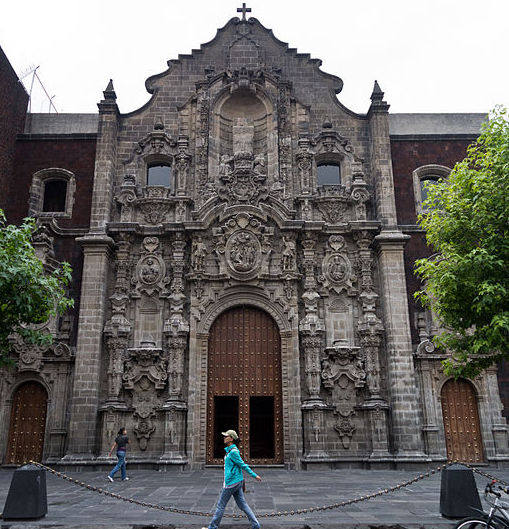
La Biblioteca Miguel Lerdo de Tejada es una de las más visibles y célebres del centro de la ciudad. Centrada el estudio de la economía, es gestionada por la Secretaría de Hacienda y Crédito Público y ocupa lo que era el Antiguo Oratorio de San Felipe Neri. La colección incluye 86,350 títulos y 114,852 volúmenes.
En 1928, la Secretaría de Hacienda y Crédito Público consolidó los fondos del tesoro del México de los siglos XVIII y XIX. Lo que había sido la Capilla de la Emperatriz del Palacio Nacional se acondicionó para albergar las colecciones. Esta biblioteca se abrió al público en 1928 y fue rebautizada con el nombre actual en 1957.
Al crecer la colección, en 1970, fue trasladada a la nave principal del Antiguo Oratorio de San Felipe Neri.
El edificio fue construido entre 1751 y 1770, de la mano del arquitecto Ildefonso de Iniesta, quien había sido contratado por la Congregación del Oratorio de San Felipe Neri. La calle, antes conocida como Arco de San Agustín, fue rebautizada en esa época como San Felipe Neri (hoy es República de El Salvador).
En 1702, la congregación obtuvo el reconocimiento del Papa Inocencio XII para consacrarse como oratorio. Ese mismo año se inició la construcción, y el edificio fue inaugurado por el virrey Payo Enríquez de Rivera. En abril de 1751 se hizo necesaria una ampliación, para lo cual se contrató a Ildefonso de Iniesta. El proyecto, que incluía la todavía impresionante fachada, se vio truncado tanto por la falta de fondos como por un terremoto en abril de 1768.
La congregación del oratorio se trasladó entonces al Templo de La Profesa, que quedó vacante tras la expulsión de los jesuitas de Nueva España en 1767. El edificio sufrió entonces una grave decadencia, sirviendo incluso de establo durante algún tiempo.
Para 1857, albergaba el Teatro Arbeu, que funcionó como un importante centro de arte dramático hasta 1954. En 1959, el edificio fue expropiado y pasó a ser propiedad federal. A finales de la década de 1960, fue restaurado y acondicionado para albergar la Biblioteca Miguel Lerdo de Tejada. Gran parte de la fachada barroca original fue rehabilitada por el arquitecto Carlos Chanfón.
El mural de 2,000 m², La Revolución y Los Elementos, fue pintado por Vladimir Viktorovich Kibalchich Rusakov, más conocido como Vlady. Entre 1972 y 1982, pintó también la capilla lateral, conocida como la Freudiana, por su enfoque en la revolución sexual y el psicoanálisis. El Centro Vlady, en el barrio de Insurgentes Mixcoac, está dedicado a la conservación y estudio de su extensa obra.
 biblioteca_lerdo@hacienda.gob.mx
biblioteca_lerdo@hacienda.gob.mx
 +52 (55) 3688 1100
+52 (55) 3688 1100
 http://www.hacienda.gob.mx/cultura/museo_virtual_biblioteca_lerdo/index.htm
http://www.hacienda.gob.mx/cultura/museo_virtual_biblioteca_lerdo/index.htm
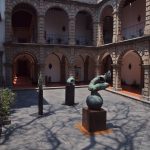
Cercano a 0.04 kms.
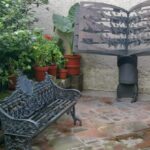
Cercano a 0.06 kms.
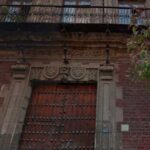
Cercano a 0.06 kms.

Uno de los sitios más importantes de la ciudad. No pierdas la oportunidad de visitar el Templo Mayor.

No hay centro como el mismo centro, y en la Ciudad de México, ¡eso significa el Zócalo!
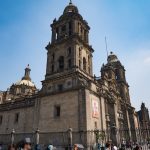
La primera Catedral construida en América.
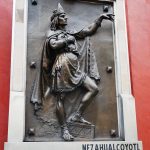
Uno de los rincones más históricos del centro de la ciudad, es un monumento, un jardín y mucho más.
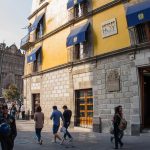
Un museo dedicado a una de las instituciones más antiguas del hemisferio y a su trayectoria en la Ciudad de México.